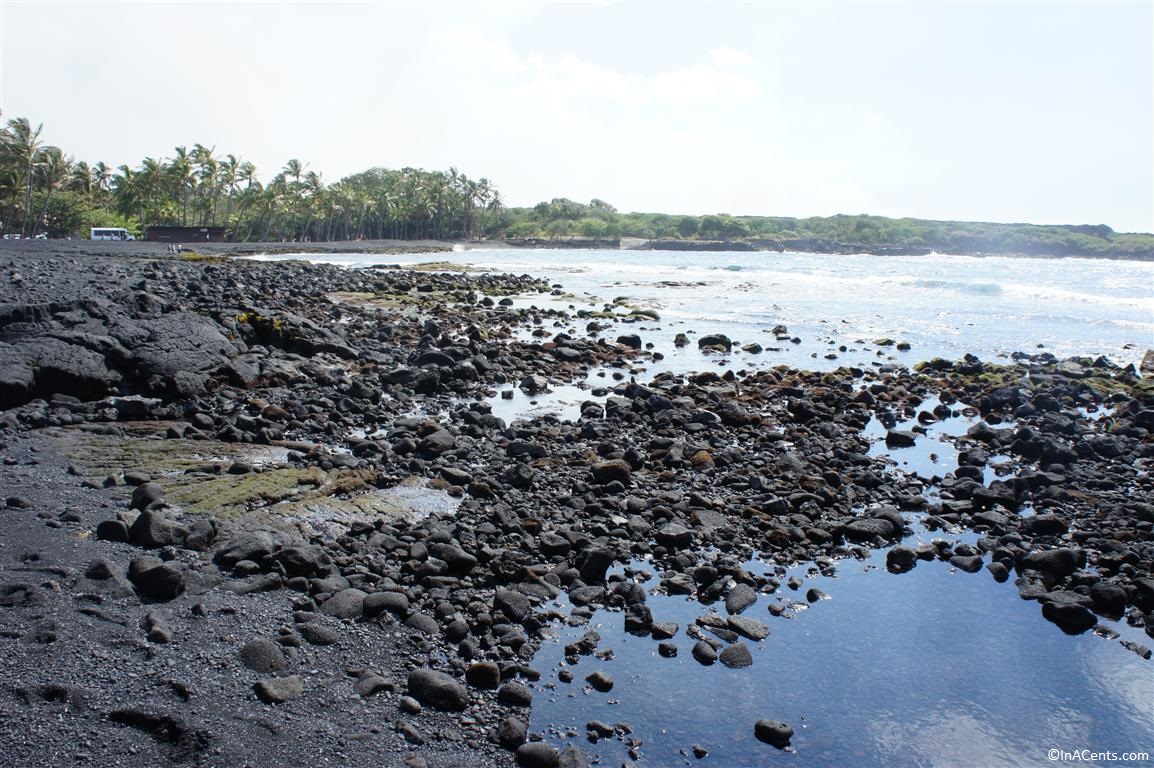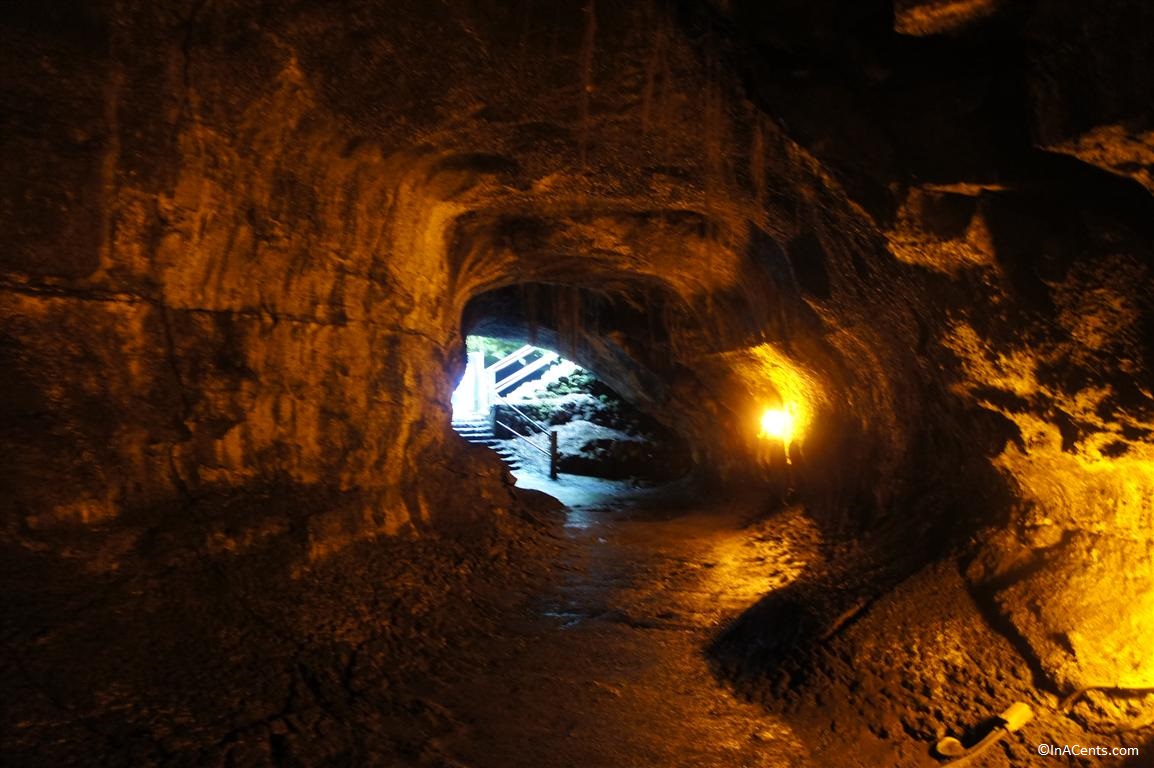Punalu’u Black Sand Beach Park
Located south of the Volcanoes National Park is Punalu’u Black Sand Beach Park. Anyone traveling to Hawaii inevitably asks if you were able to see black sand beaches. The sand, which gets its black color from the volcanic rock, is mysterious and is quite a contrast to the sharp and ragged rocks surrounding the beach….

